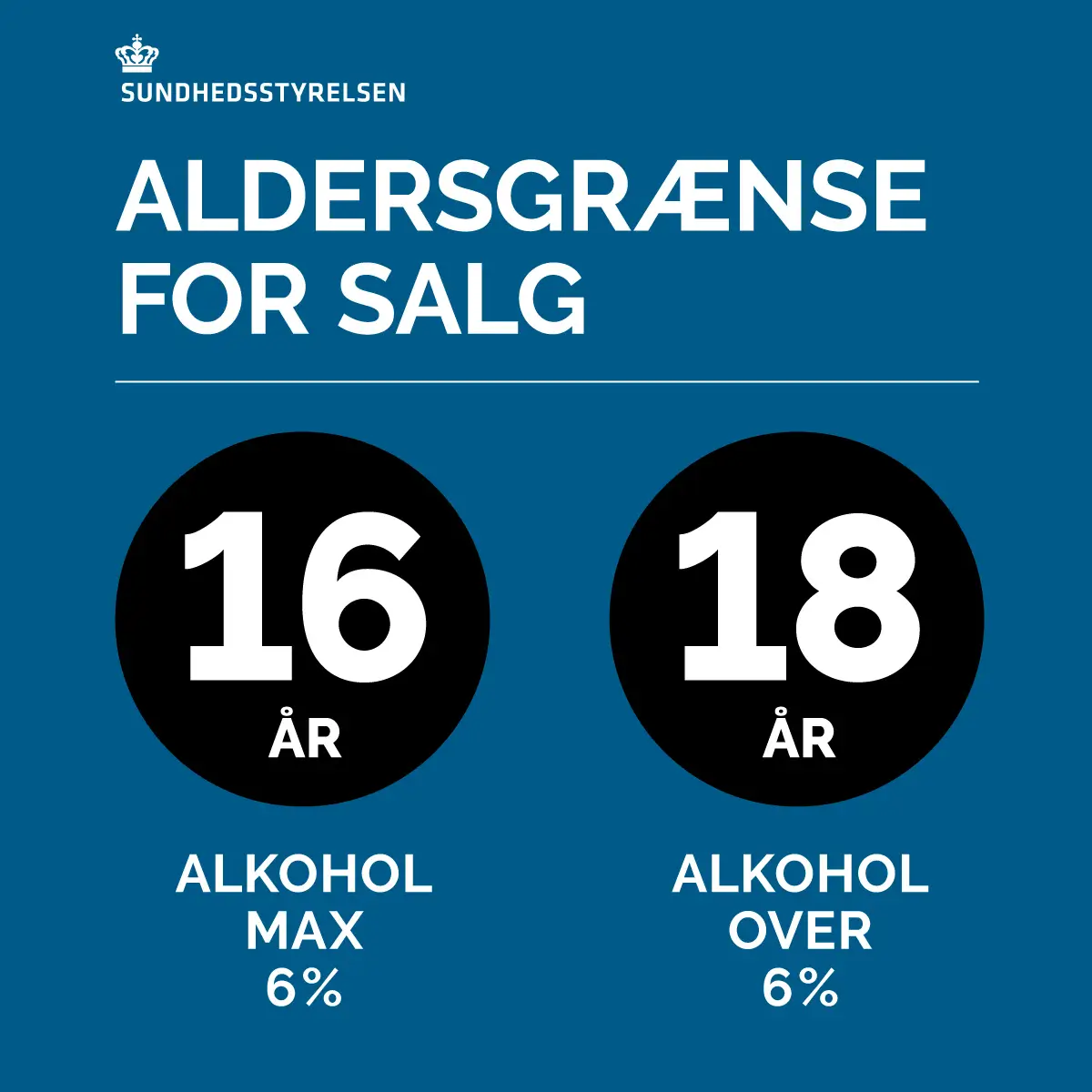Storage of Port Wine
Wine must be stored properly to maintain its quality and develop favorably over time. Ideally, wines should be kept in a dark, cool cellar with a constant temperature, free from vibrations, humidity, and odors. The ideal storage temperature for wine is 12 °C (54 °F).
Optimal Wine Storage Conditions
- Constant temperature at 12 °C (54 °F)
- Darkness
- No vibrations
- No strong odors
- High humidity, around 75%
- Purchase wine directly from the source
While not everyone has access to a storage space with these exact characteristics, less-than-perfect conditions can still suffice, albeit with some risks. There are examples of aged Bordeaux wines surviving 20–30 years in a wardrobe where summer temperatures reached nearly 20 °C (68 °F). However, this is not without potential consequences.
The Impact of Vibrations
Wines need to remain physically still since vibrations disrupt their development. These vibrations often come from appliances like refrigerators or freezers, where compressors turn on and off, transferring vibrations to floors and walls. A washing machine's spin cycle is even more disruptive, especially in cellars where wine racks are nearby.
If you plan to age wine for 20–30 years, purchasing it directly from the producer or importer is recommended to ensure it hasn't been mishandled.
Temperature and Wine Development
- Lower temperatures slow wine development.
- Slower development leads to more complex wines.
- 12 °C (54 °F) is ideal for storage.
- 18–20 °C (64–68 °F) doesn’t damage wine but accelerates its maturation.
- Temperatures above 20 °C (68 °F) shorten a wine's lifespan, necessitating consumption while young (<10 years).
- White wines stored at over 20 °C (68 °F) should be consumed within 1–2 years.
To store wine for a decade or longer, the temperature should remain below 18 °C (64 °F). Ideally, aim for 12 °C (54 °F) for maximum longevity. Temperatures exceeding 21 °C (70 °F) significantly reduce a wine's lifespan, making it necessary to drink it before it reaches 10 years. White wines fare even worse under these conditions, losing quality after just 1–2 years.
The rate of wine development is directly linked to temperature. Higher temperatures speed up the process, much like how fruit lasts longer in a refrigerator than at room temperature. However, the slow development at cooler temperatures results in greater complexity and depth in the wine's evolution.
Humidity
- Optimal humidity is between 70–75%.
- Above 75% risks label degradation.
- Below 40% risks cork dryness, damaging the wine.
Humidity levels impact both the wine and its packaging. High humidity can cause labels to rot, while low humidity dries out corks, ruining the wine. Ideally, humidity should remain between 70–75% for best results.
Leakage Issues
From "Portvin.nu - Danmarks største portvinssite" by Niels Strøjer:
Leakage in wine bottles occurs in three forms:
- Old Leakage: This indicates the bottle leaked long ago, which is rarely ideal.
- Sudden Leakage: Triggered by weather changes or pressure differences in the bottle, suggesting an aging cork. Placing the bottle upright allows the wine's sugar to seal the gap within 2–3 months, enabling storage to resume. The bottle may have suffered slight damage.
- Transport-Induced Leakage: Occurs due to temperature fluctuations during shipping. Letting bottles stabilize upright after transport mitigates this issue.
Conclusion: Leakage type 1 is problematic, while types 2 and 3 remain drinkable, even after a few years.
Barrel Aging
Barrel aging enhances wine quality when done properly. Only well-made wines benefit from aging in new or nearly new barrels. The type of wood and production method determine the impact on the wine’s color, aroma, and tannins. Most of the influence occurs during maturation rather than fermentation.
Barrel aging has become synonymous with high-quality wine but is only effective for select types.




